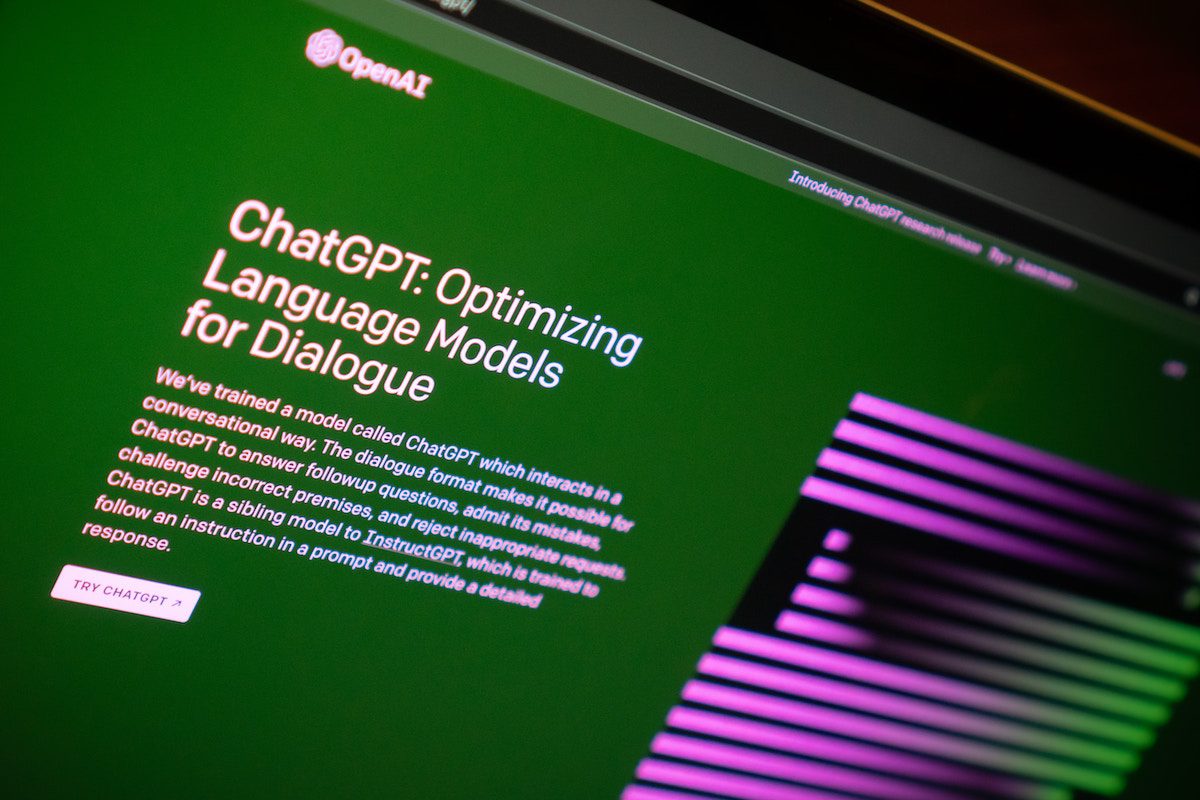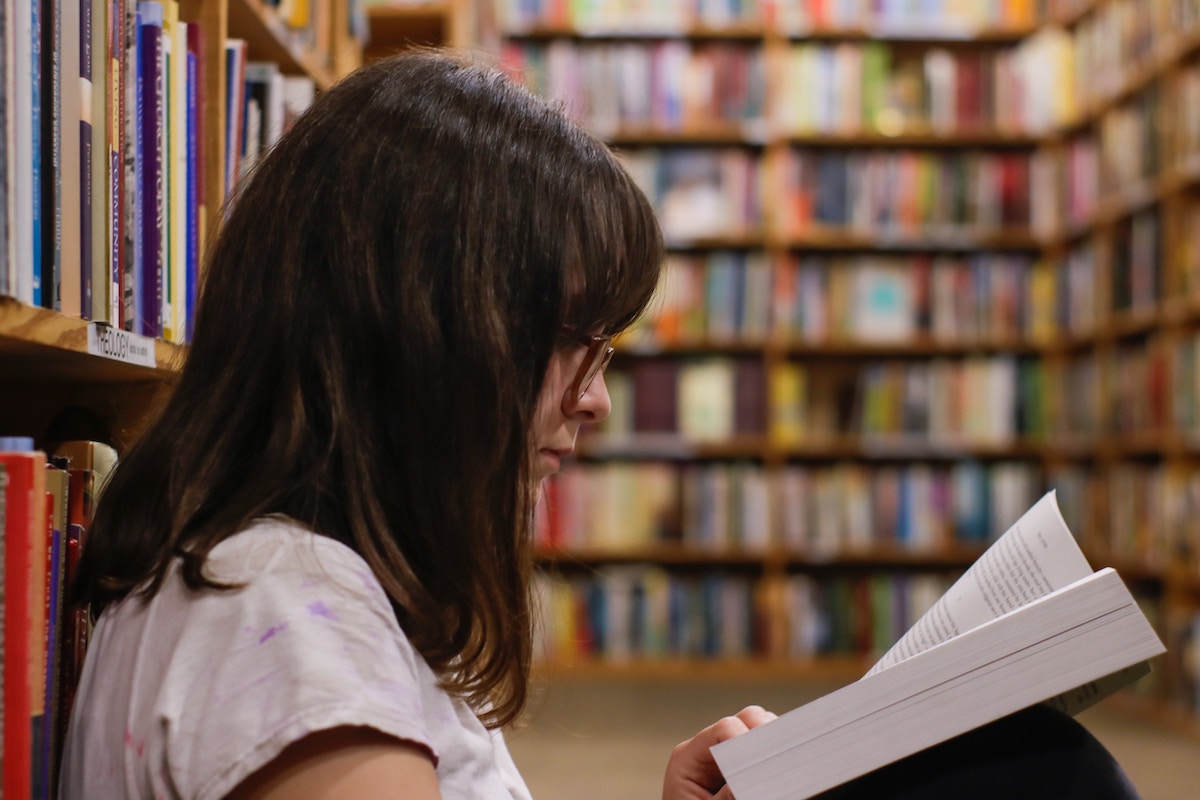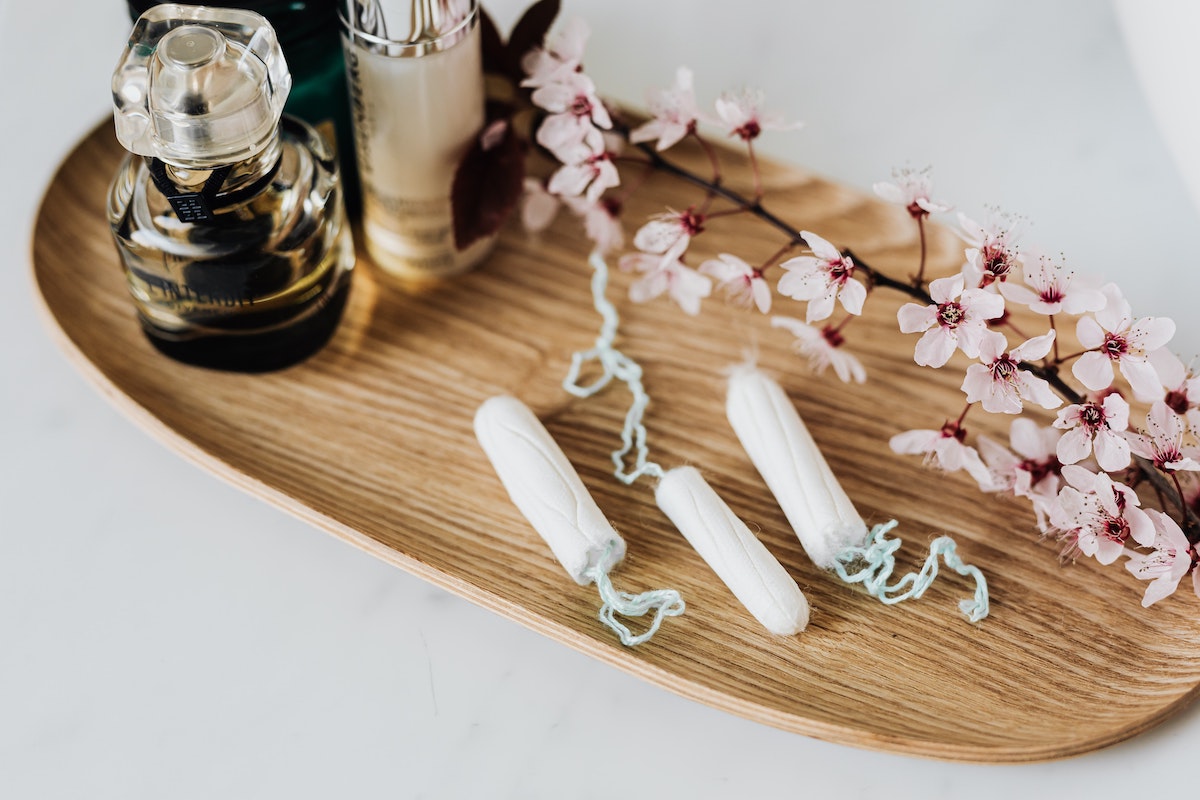3 Ways to Make Learning Part of Your Daily Diet
Knowledge is the key to many things, including empathy, advancement, and, as some would say, power. We are an intelligent species, and as such, value learning, which is often associated with formal education. Education—for many of us— has always been confined to a classroom where learning is boiled down into neatly organized subjects.
This recipe seems to work for primary, secondary, and post-secondary education, but how do we learn when our lives no longer revolve around a classroom?
It’s important to realize that learning does not mean you have to master a skill or become a subject matter expert. Learning is adding new knowledge to your gamut, further shaping who you are and how you view the world one fact, story, or book at a time.
We are often stuck on the so-called hamster wheel of work, sleep, other adult things, repeat, which can make finding time to learn difficult. However, there are plenty of things you can do to incorporate learning into your daily routine. If you’re wondering where to start on your quest to newfound knowledge, well, there’s an app (and a podcast) for that…

1. Download learning apps and podcasts
While our smartphone habits generally lead to bad posture, sleeplessness, and an overall feeling of melancholy, they can also be tools for learning. There are plenty of smartphone apps and podcasts designed to educate, enlighten, and inspire.
Do you want to learn a new language? Try Duolingo. Duolingo provides bite-sized lessons on over 30 languages—including Spanish, French, and Hebrew—that feel like games. Courses can be easily completed during your morning and evening commute or on the couch after work, and the app is 100 percent free.
Are you unsure of what exactly you want to learn? Curiosity is an app whose mission is to “ignite curiosity and inspire people to learn” with a big focus on lifelong learning. Whether through its app, website, or social media channels, Curiosity is designed to pique interest through short, digestible, articles that leave readers wanting to continue learning about the subject on their own. If you want to know why optimism may improve sleep or how a dark sense of humor contributes to IQ, the Curiosity app is for you.
Finally, for those of us who prefer auditory stimulation, there exists many podcasts intended to educate. While true crime shows, reality TV recaps, and sports commentary make up the majority of popular podcasts, several provider listener’s insights and info on the go. My personal favorite, include:
- Stuff You Should Know. Each episode fits the “How X Work” mold with X representing anything from Ouija boards to nuclear reactors.
- Hidden Brain. The host’s soothing voice guides you through 45 minutes of equal parts science and storytelling to uncover some of the mysteries that drive human behavior.
- Mission Daily. If you truly want to learn one new thing a day, Mission Daily delivers on this promise with 20-60 minute episodes aimed at improving different aspects of your life.
Don’t let my suggestions limit you; there’s a whole world of educational apps and podcasts waiting to be discovered.
2. Read non-fiction
It’s safe to say that we all know how important reading is, however, it can be difficult to fit into our very busy lives. Awhile ago, I realized I was reading way less than I used to and I wanted to figure out a way to get in my daily word count without having to worry about remembering to bring a physical book or download something on my iPad. Enter: longform.org, which curates daily long-form nonfiction articles (between 1,000-20,000 words) from across the web.
Instead of having to search each news platform or magazine, the editors at longform.org do that for you and link to the day’s best articles right from their homepage. My favorite feature of the site is the “random article” button, which provides archived pieces when clicked.
I highly recommend visiting this site on days you find yourself eating lunch at your desk. It’s an easy way to escape (and learn) without actually leaving the confines of your office.
3. Listen
While it may seem painfully obvious, listening to what other people have to say is probably the easiest way to learn something new every day. Be it a coworker, a friend, or the person sitting next to you on the bus, the world is practically buzzing with knowledge to be discovered.
Want to make the most of all those conversations you’re having? Megan Sizoo, a high school teacher in Chicago, Illinois, says she encourages students to “listen to understand, not to respond.”
Our brains often start working out how to respond before a person even stops speaking. Megan suggests that summarizing what someone else has said (before responding) can be done in a conversational way using sentence starters, such as:
- “”What I heard you say was…”
- “I understand that to mean…”
If those suggestions feel uncomfortable or too formal, use the sentence starters in your head for a quick refresh before you begin to respond.
Each of us has our own lived experience, and by having meaningful conversations we share a glimpse into our realities and—without becoming too theoretical— build the foundation of empathy. Get to know your coworkers, engage with the person checking you out at the grocery, and don’t be afraid to strike up conversations with strangers.












